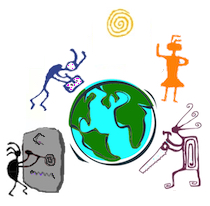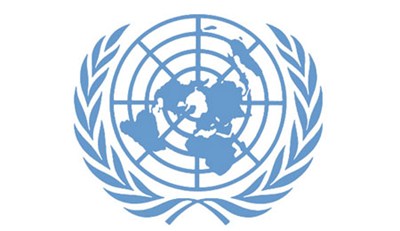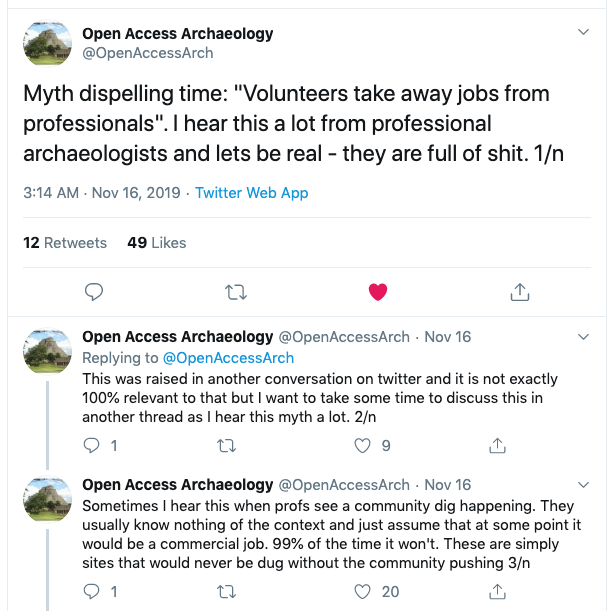Earlier this month, I wrote a blog about systemic exclusion, including systemic racism, in volunteer management – in how we recruit volunteers, in how we screen volunteers, even in virtual volunteering. It’s been my most popular blog this year, and my most re-posted & retweeted by others – thank you to all who read and shared and commented (so far, comments have been on LinkedIn and Twitter, rather than on the blog itself).
There’s another place that systemic racism shows up in volunteer engagement, and it is something that’s been discussed for a few years now. It’s the practice of the White Savior. The term white savior, sometimes called white savior complex, refers to a belief and practice, conscious or not, that it takes white people to provide effective help to non-white people, and in the practice of volunteerism, it’s usually most common in the practice of white people from North America, Europe and Australia feeling that they are needed in Africa to dig wells, build schools and playgrounds, “care” for “orphans” for a few weeks, etc. That is a form of white supremacy, even if the volunteers themselves would never identify as racist and may even be vocal advocates against racism, as a concept or practice. Much of what is called voluntourism is rooted in white supremacy.
But this is not just a characteristic of voluntourism – paying to go abroad and “volunteer” for a few weeks, or international programs like Feed My Starving Children, which ship food to people in developing countries, rather than buying food from local sources in those countries, which both feeds far more local people than food donations every could and gives much-needed jobs to local people – also rooted in white supremacy (and vanity volunteering, for that matter). White supremacy can also be found in some volunteering within the USA (and no doubt other countries as well).
Again, I want to emphasize that this isn’t to imply that white volunteers are racists. But I do emphasize that volunteers can participate in systems that have roots in white supremacy without knowing it, even in their own communities.
One of the few academic articles I’ve seen looking at this is However Kindly Intentioned: Structural Racism and Volunteer CASA Programs, published in March 2017 and written by Amy Mulzer, a Staff Attorney and Clinical Instructor of Law in the Disability and Civil Rights Clinic, Brooklyn Law School, and Tara Urs, an Attorney for The Defender Association Division of the King County Department of Public Defense. CASA stands for Court Appointed Special Advocates: volunteer guardians appointed by the family court to represent the “best interests” of children who enter the child welfare system. The paper looks at the impact of the race and privilege of these volunteer child advocates on child welfare decision-making. “There is reason to question the power that CASAs have been given to influence the course of children’s lives, and even more reason to question the unhesitating acceptance of this state of affairs by the majority of those working within the system. Why does the legal system assume that a group of volunteers — mostly middle-class white women — will make better decisions for a low-income child of color than her own family, community, or the child herself could make? What is it about CASAs that makes them not only acceptable, but practically untouchable? However kindly intentioned their work may be, this paper posits that CASAs essentially give voice to white supremacy — the same white supremacy that permeates the system as a whole and that allows us to so easily accept the idea that children in the child welfare system actually require the ‘gift’ of a CASA, and do not already have an abundance of ‘important people’ in their lives.”
Here’s an example of white supremacy in volunteer engagement from my own observation: a director of community engagement at a university told me that one of the most popular volunteer events among her mostly white students was when they traveled to a distant reservation for a tribal group every year and split wood for a few days for elderly members for the upcoming winter. I asked if the volunteers worked alongside young people from the tribe. The answer was no. I asked if this task was something the tribe had contacted the university about, saying that they needed people from outside their reservation to do this labor. She never gave a clear answer, just that the students were addressing a need and how “transformed” the students felt by their activities. By the time she was done telling me about the program, how much her students enjoyed it, how it “taught them about poverty,” how the volunteers were “changed” by the experience, all I could think was: this program reinforces the image for these students of helpless native Americans and does little to educate these young people about this culture and their history.
I have heard people who volunteer to serve food to people who are homeless or who are otherwise food insecure, or Habitat Humanity, balk that recipients of service they encountered, often black Americans, are not passive and grateful for their service, that they aren’t effusive in their appreciation. They also express surprise that the recipients of service didn’t “look poor.”
Please note: the voices of those purportedly helped are almost entirely absent on the web sites of many USA nonprofits, not just websites of companies that arrange voluntourism trips abroad. And also note there is a predominance of white people in the ranks of senior staff of nonprofits in the USA, even if their focus is on communities dominated by other cultures and ethnicities.
Consider these observations by Andrew Fisher, who co-founded and led the Community Food Security Coalition, in this 2017 article, “Food banks feed people. Why don’t they fight hunger?“:
While many food banks dedicate some portion of their resources to advocating for federal nutrition programs and tax credits for corporate food donations, only a handful actually take a position on wages, housing, or health care—the policies that can most effectively alleviate hunger by attacking its root cause: poverty. In the food bank community, support for these issues remains controversial, with many preferring (not) to step out of their comfort zone of delivering free food…
One Washington state food bank employee expressed the disconnect between her organization’s white board and its primarily immigrant clientele as the primary factor in reinforcing her food bank’s contribution to structural racism.
There is a frequent but unspoken conflict between the important work nonprofits do, and that volunteers help them do, and the oppressive power dynamics these nonprofits and volunteers can help to maintain, however unintentionally on their part. It’s similar to my diatribes against vanity volunteering: we assume that because the volunteers “have good hearts” and “just want to help”, whatever it is they want to do is automatically good. As I said earlier, I’m sure many of these volunteers would be horrified at the implication that they are participating in the perpetuation of white supremacy. And perhaps I’m going to get some outraged comments on this blog that its horrifying I would imply such. Then I’ll have to start talking about white fragility — a term that commonly refers to the avoidance of difficult racial conversations in order to prevent white discomfort.
Criticizing good intentions of volunteering or activism can discourage people from volunteering and trying to do good in the world. So I have to qualify these observations with saying I want volunteering to continue, I want volunteers to continue to learn about cultures and people different from their own through their service, and I think volunteer engagement can build cultural understanding and community cohesion. But none of that is true if volunteer engagement reinforces white supremacy and colonial power structures.
I think many volunteers are ready for these conversations. Consider that I shared the summary of the critical analysis of Court Appointed Special Advocates on the Reddit community to discuss CASA, and the responses from volunteers weren’t defensive but, rather, were self-reflective and self-challenging.
I’ll repeat myself from another blog: I’m on an ongoing journey to look for ways I exclude without intending to, in my consulting, in my volunteer engagement, in my communications strategies, in my language, and on and on. I’m now adding in how I volunteer to the mix. And, again, I would like for you to do so as well.
Also see:
My previous blog about systemic exclusion, including systemic racism, in volunteer management
Teaching youth about poverty – teaching compassion or supremacy?
A review of a book by a colleague and notes about its own problematic views on race.
Recognizing Racism in Volunteer Engagement – blog from Lisa Joyslin, Minnesota Association for Volunteer Administration
Recruiting Local Volunteers To Increase Diversity Among the Ranks
Make All Volunteering as Accessible as Possible
Tips for creating an accommodating and welcoming environment for volunteers with disabilities.








 In the winter of 1996, I started a new job, directing
In the winter of 1996, I started a new job, directing 